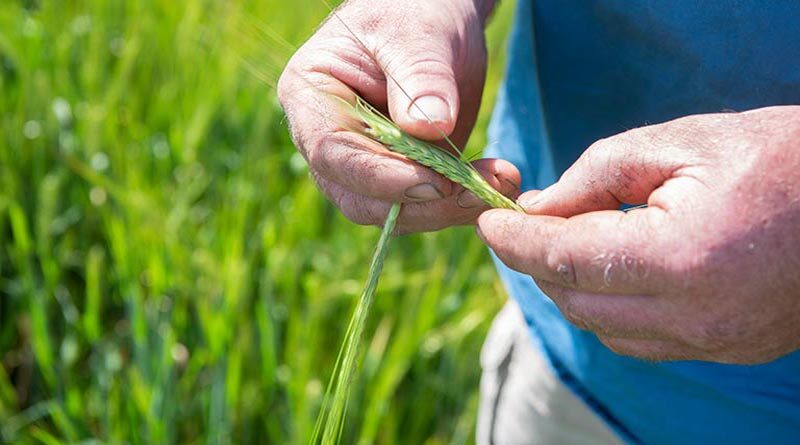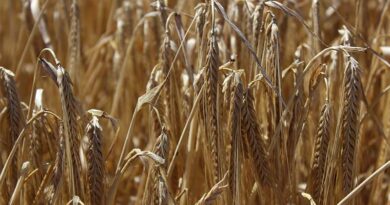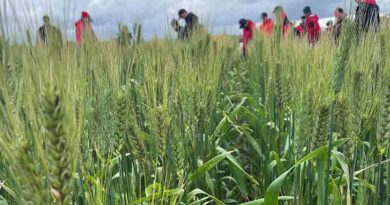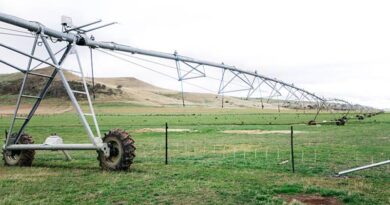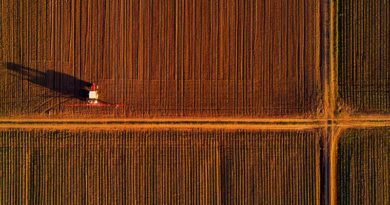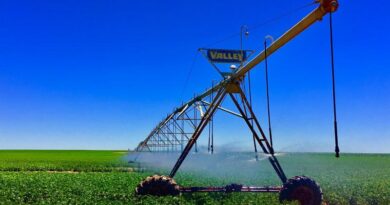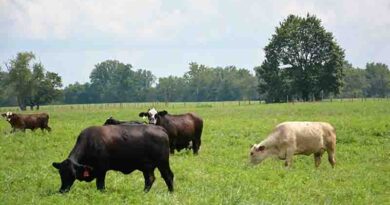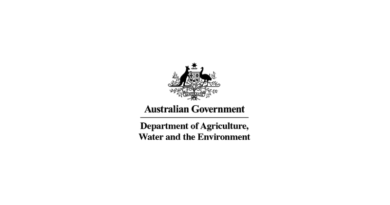Australia: Cropping report – January 2022
Local conditions
22 January 2022, Australia: The Elders Weather rainfall outlook suggests multiple cold fronts over the next month starting from February 1 to 15, these have the potential to produce widespread rain over southern and eastern Australia. In the West the strongest cold fronts are expected between 3 to 7 February and 12 to 16 February.
From the field
Victoria and Riverina
Ballarat
“Significant rain and cool temperatures have delayed harvest in some areas, however the majority had barley and canola off. Beans have yielded well but standing and remaining wheat crops have lost quality. Potato growing regions copped the most damage from heavy storms and hail which also caused shattering of windrowed canola and downgrading cereal grain quality.
“Moisture conservation is not a concern for most in the area, rather green bridge control. Consideration and testing for wheat and some barley should be a priority over the next month for seed retention. Growers will likely increase spring wheat with the Rockstar variety, yet red and feed wheat plantings have significantly increased in 2021, a trend which could continue. RGT Accroc feed wheat and red wheats tolerated the extreme weather events better than springs varieties in 2021.
“Confidence is good but uncertainty is high. We could see more of a swing into beans to offset high fertiliser prices this season, while areas with high moisture levels may not get sown to reduce risk.” – Mick Walsh, Elders Ballarat, Agronomist.
Also Read: Union Budget 2022-23: Transformation Agriculture through irrigation and win back India’s farmer
Yarrawonga
“The past month has seen the end of a rain interrupted harvest with only a few large growers having a few days left to finish. The key activity for now is spraying all cropping paddocks for thick densities of summer weeds as soon as possible, to conserve moisture and nutrients. The significant challenge is trying to get weed control priorities sorted with limited trafficability and application windows with ongoing rain and thunderstorms.
“Another issue is shifting grain. There have been logistics challenges with sorting grain still stored in paddocks in temporary sausage storage to more permanent storage.
“General confidence is reasonable with stored moisture, but expectations are not high for another above average season as many are concerned the current pattern will lead to a late autumn break and less chance of rains in spring if summer storms continue.” – Matt Coffey, Elders Yarrawonga Senior Agronomist.
Bendigo
“There are still some growers delivering grain as receivable sites were over run with a big harvest. As a result, a lot more growers were forced to use grain bags for on-farm storage. We have had a mix of rainfall ranging from 10mm to 70mm which has caused summer weeds to germinate. Spraying has mainly focusing on canola stubble and any hay paddocks that were opened early.
“Off the back of another record harvest there is great confidence amongst our client base. A lot of growers are investing in new machine technology such as liquid systems and variable rate spreading technology.” – Josh McLeod, Elders Bendigo Agronomist.
Western Australia
“Harvest has lingered into January for many, but with a 22 million tonne crop nobody was too concerned. Planning for 2022 started early for most farmers as they needed to have plans for seed, fertiliser and chemical together before harvest.
“Bank manager and accountant visits will be done over the next month, but with high yields and high prices cash flow isn’t the major concern.
“Going forward the biggest challenge will be organising staff for seeding. Uncertainty over borders due to Covid will be a challenge to make sure that resources are in place for this busy time of year.” – Bill Moore, Elders Technical Services Manager, Western Australia.
Local factors cause price differentials
Nathan Cattle from Clear Grain Exchange shares his thoughts on the current grain market in Australia.
Price differentials between port zones, between grades, and between commodities are larger than normal. This is reflecting price being impacted by very local supply and demand factors, and often published bids not reflecting traded values.
Growers have been active sellers in parts of Australia for particular grades which has weighed on prices at times. Many buyers are juggling their grain accumulation with their level of sales executed, and finances, meaning they are often patient and buying more as needed.
However Australian grain prices appear to be attracting more interested parties to try and participate in buying Australian grain which is positive.
The published bid is not the market price unless you sell into it. The market price is the traded price and as evidenced by traded values on Clear Grain Exchange (CGX), the real price is often much higher than the published bid.


The advantage of growers offering their grain for sale on an independent exchange is that it gives all buyers equal opportunity to buy it. This is how growers can find the true value of their grain.
The chart opposite shows the number of buyers that purchased grain on CGX in each port zone through 2021. There were more searching for grain on the exchange but unable to fulfill orders.
Market indicators


